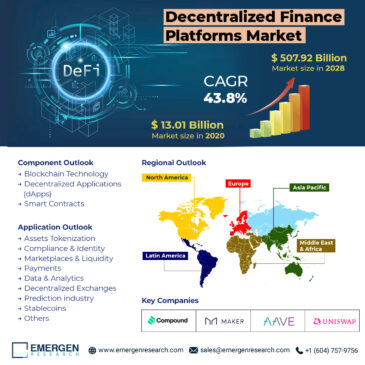![]()
Software supply chain security is becoming increasingly important for organizations of all sizes. Organizations can ensure their software remains secure and reliable by implementing security measures. This will enable them to protect themselves against malicious actors and ensure customer trust. So, if you are looking to secure your organization’s supply chain software, you will find the important aspects of doing so in this article. Continue reading to learn more.
What is software supply chain security?
Software supply chain security is an important part of managing IT systems. It refers to practices to protect software from malicious actors and vulnerabilities. This includes ensuring the integrity of software components, controlling access, and verifying sources. Establishing good software supply chain security practices can help you protect yourself against cyberattacks and other security risks.
Why do organizations need to implement software supply chain security measures?
Organizations need to protect their software from malicious actors and vulnerabilities. Hackers are constantly finding new ways to exploit software, whether it is through installing malware or stealing sensitive data. By establishing good software supply chain security measures, organizations can protect themselves against these risks and ensure that their systems remain secure and reliable.
What are the key components of software supply chain security, and how can organizations maintain their security?
Supply chain threats pose a serious risk to organizations. Thus, it’s important to take the necessary steps to protect your software from malicious actors. The good news is that you can take proactive measures to secure your software supply chains. Depending on the size and requirements of your organization, you may need to implement all or some of the following components:
1. Secure Software Development
Software supply chain security begins at the development stage. During this stage, organizations should make sure the software is coded securely. Also, you must check that your software complies with any applicable laws or regulations. This includes writing secure code and verifying that all dependencies are secured. You must also ensure that your developers use secure coding practices such as input validation and authentication.
2. Access Control
As an organization, you should restrict access to your software components to authorized personnel only. This includes implementing authentication and authorization controls, such as two-factor authentication or access control lists. When you restrict access to critical aspects of your software, you can reduce the risk of malicious actors exploiting it.
3. Software Quality Assurance
You should also perform regular software quality assurance tests to ensure the software is free from vulnerabilities and meets all requirements. This includes periodic scans, code reviews, and penetration testing. These measures can identify any potential security issues or bugs that could put your system at risk.
4. Supply Chain Verification
Most organizations work with many third-party vendors, and it can be difficult to manage them all. Thus, you must install measures to verify that your vendors’ software components come from a trusted source. This includes verifying the authenticity of code signing certificates, validating digital signatures, and using static analysis tools to detect any malicious code.
You should also implement secure procurement processes for software components purchased from your vendors. This includes verifying the integrity of the source code, ensuring that all software components are from a trusted source, and assessing the security protocols of any third-party vendors. You must have policies in place to ensure your employees are not downloading or purchasing malicious software from untrusted sources.
5. Incident Response
Your organization must also have an incident response plan in place. An IR plan outlines the steps to take if a software supply chain security breach occurs. This includes identifying compromised systems, restoring secure configurations, and notifying relevant stakeholders. An incident response plan prepares you for the worst-case scenario. It helps ensure that your organization is ready to respond quickly and effectively.
6. Threat Intelligence
Finally, consider employing threat intelligence techniques to stay ahead of emerging threats. This can include gathering information about potential threats and researching them to understand how they might affect your organization’s software supply chain. By doing so, you can take steps to mitigate these risks and protect your systems from future breaches.
What are the benefits of securing your supply chain?
When your organization follows security best practices, you reduce the risk of cyberattacks. As a result, you can effectively protect sensitive data from theft and ensure the reliability of your systems. Additionally, implementing these measures can help you gain customer trust and comply with industry regulations. Ultimately, this will enable you to deliver better products and services to your customers.
The Bottom Line
Software supply chain security is an important yet often overlooked part of IT security. You can protect yourself against malicious actors and vulnerabilities by taking proactive steps. At the same time, you can prevent data theft and reduce the risk of a major cyberattack. Implementing these practices will help your organization stay secure in today’s digital world.




